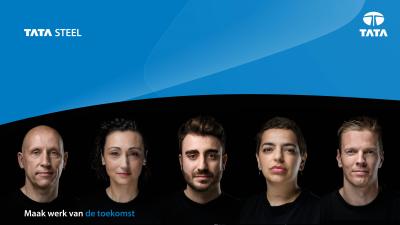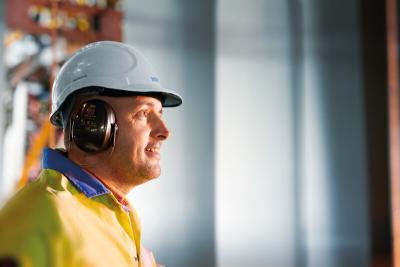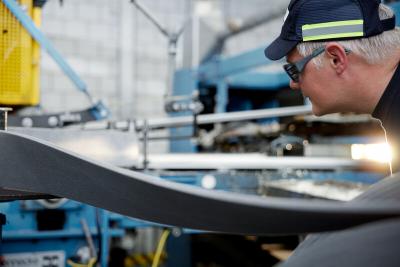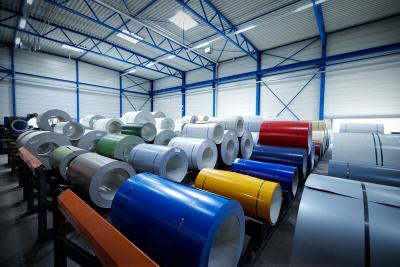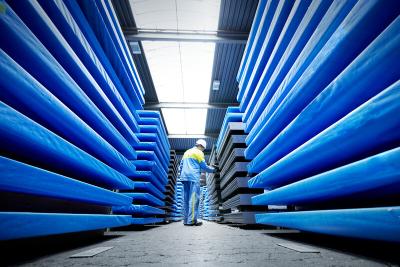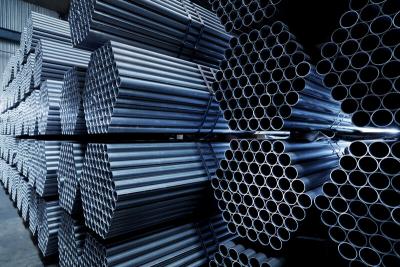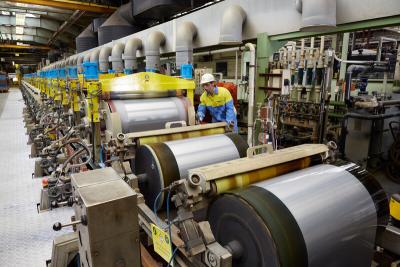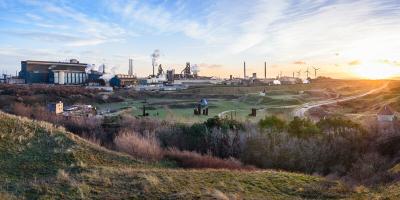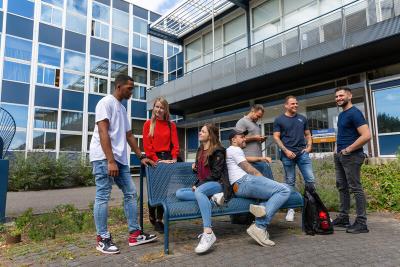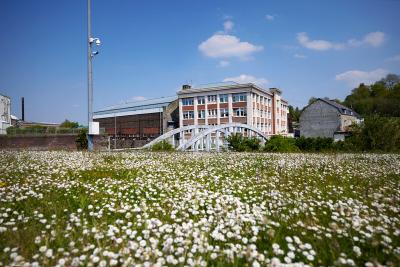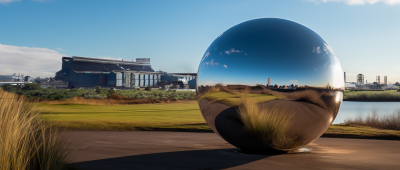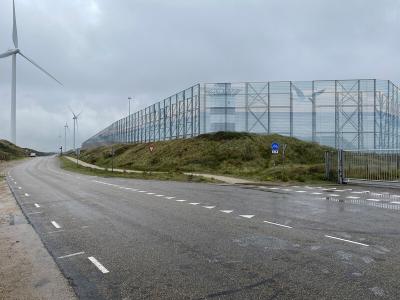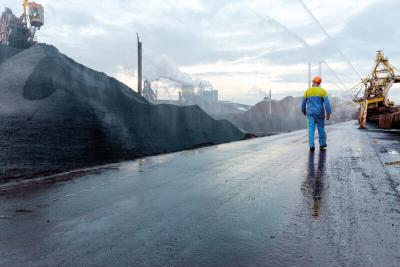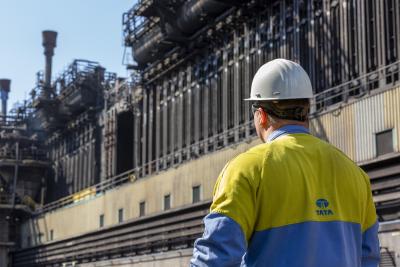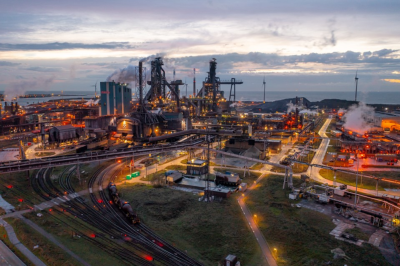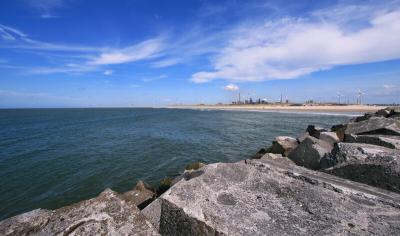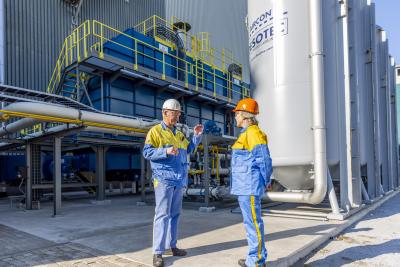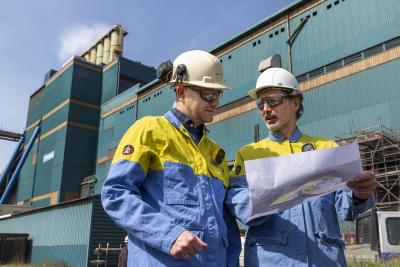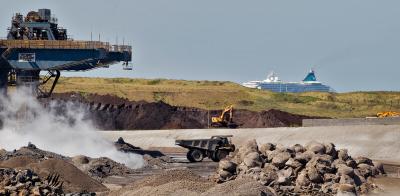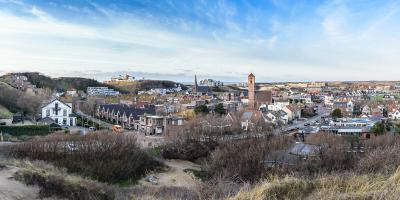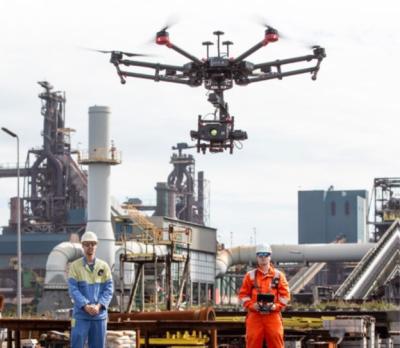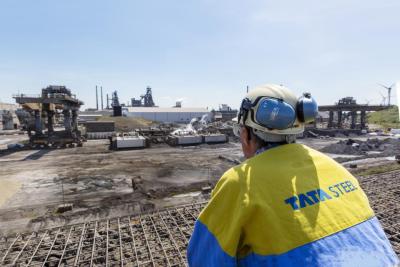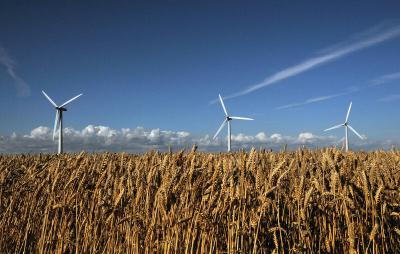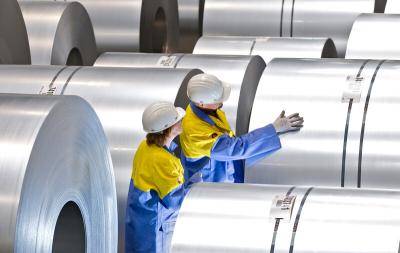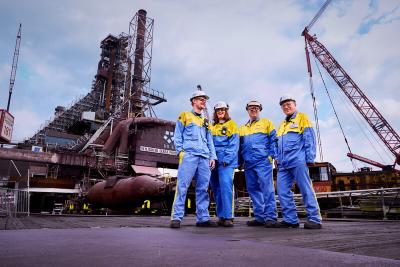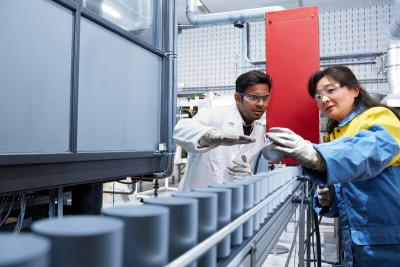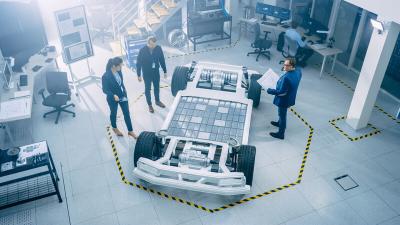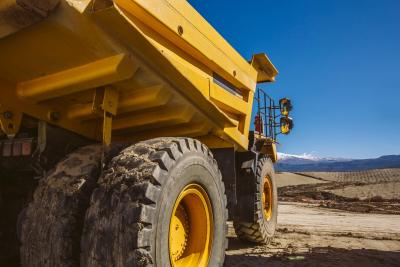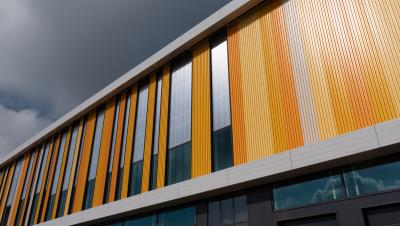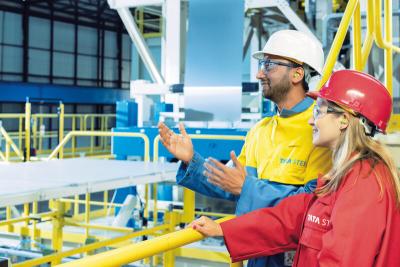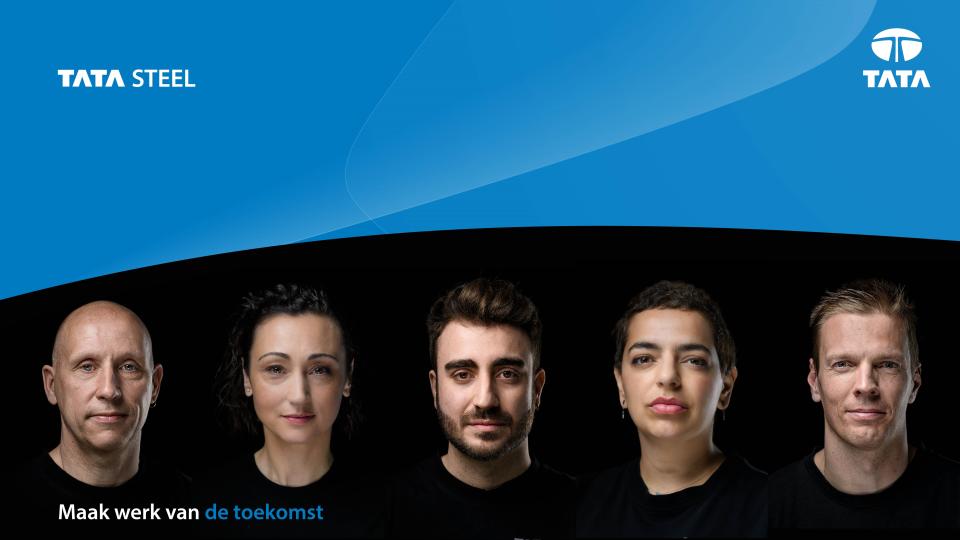From Blast Furnaces 1 to Corus
22 January 1924: Blast Furnace 1 is fired.
As of 1924, G.A. Kessler headed the company's development. Under his passionate leadership, Hoogovens gained a firm foothold in the global market. His social awareness left its mark on the mutual relations within the company.
The management decided to build Blast Furnace 1 to an American design, with a larger diameter and higher production capacity.
Two years later, Blast Furnace 2 was also commissioned. For a long time, the pig iron, which was stored on site in various grades, remained the main product of the IJmuiden company.
1 January 1929: Establishment of the Employees' Pension Fund.
The management's aim for a close-knit working community resulted in a social policy at Hoogovens at an early stage. Part of this was a Pension Fund, for which the opening deed was signed on 1 April 1938.
15 January 1938: The first Hoogovens Chess Tournament.
In 1938, Hoogovens organised the first chess tournament in Wijk aan Zee. After the war, this regional tournament grew into an international event for chess enthusiasts and grandmasters alike. The Tata Steel chess tournament brings the world's best to Wijk aan Zee.
15 July 1939: The start of factory education.
Since the start with five students in 1939, many have now obtained their MBO diploma in the company's own training centre. Hoogovens considered it important to train its own personnel. The years of study also count as years of service. As a result, many employees have managed to reach their 40th or even 50th anniversary with the company.
1 September 1966: Hoogovens gets its own collective labour agreement for the first time.
6 October 1999: Koninklijke Hoogovens NV and British Steel merge and continue under the name Corus.
The merger of Hoogovens with British Steel in 1999 accelerated the transition from stakeholder to shareholder value. The primacy of the shareholder and the strong hierarchy within Corus represented a fundamental break with the past for the Hoogovens employees.


Development of TATA Steel into the largest environmental installation ever.
2 April 2007: Tata Steel Ltd. takes over Corus Group plc.
In January 2007, Tata Steel Ltd. acquired Corus through an auction. However, the transition from Corus to Tata also marked a new phase in the company's history. Shareholder Tata Steel presented itself as an owner who attaches great importance to corporate social responsibility. Sustainability and an eye for the environment also became more important in IJmuiden.
13 February 2009: Opening of Hoogovensmuseum.
The Hoogovensmuseum shows the history of the IJmuiden steel company. The development of the iron and steel industry is kept alive by means of the objects, historical documents, photos and film material on display.
The museum is housed in a historic building, the old pipe foundry, which is located just outside the industrial area behind the Tata Steel conference centre.
20 September 2018: 100th anniversary of Tata Steel IJmuiden B.V.
15 September 2021: green steel via the hydrogen route.
With the full support of the Supervisory Board and the parent company from India, the management of Tata Steel Netherlands has decided to fully focus on the production of green steel via the hydrogen route. This route is not only good for the climate because of its CO2 reduction, but also has the most benefits for the area and the community.
23 September 2022: Tata Steel starts construction of largest environmental installation ever.
Tata Steel has started the construction of the dust removal plant and DeNOx installation at the Pelletising Plant. This new high-tech installation is Tata Steel's largest environmental installation ever.



